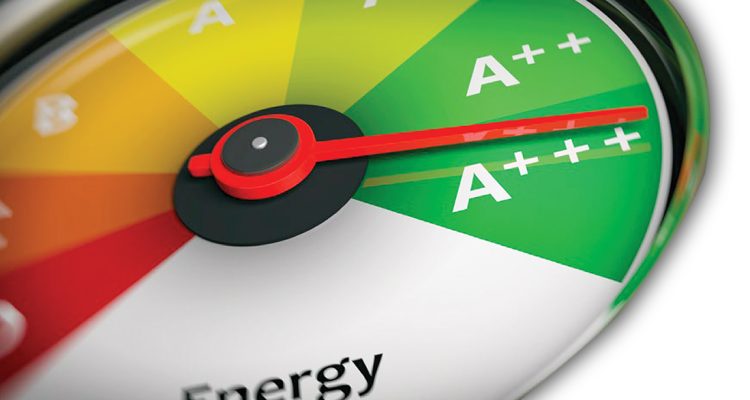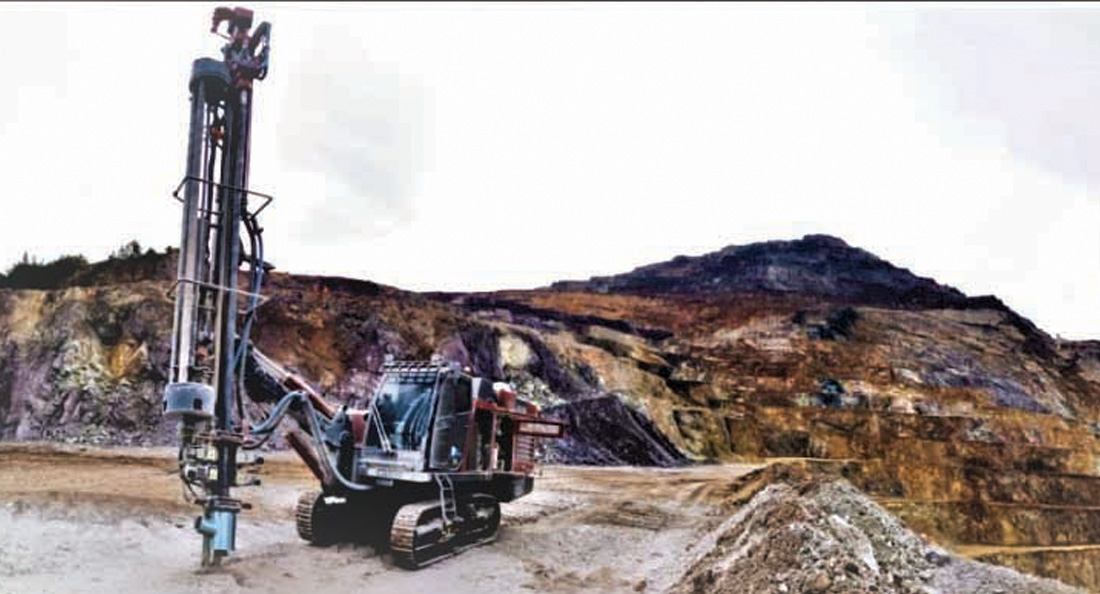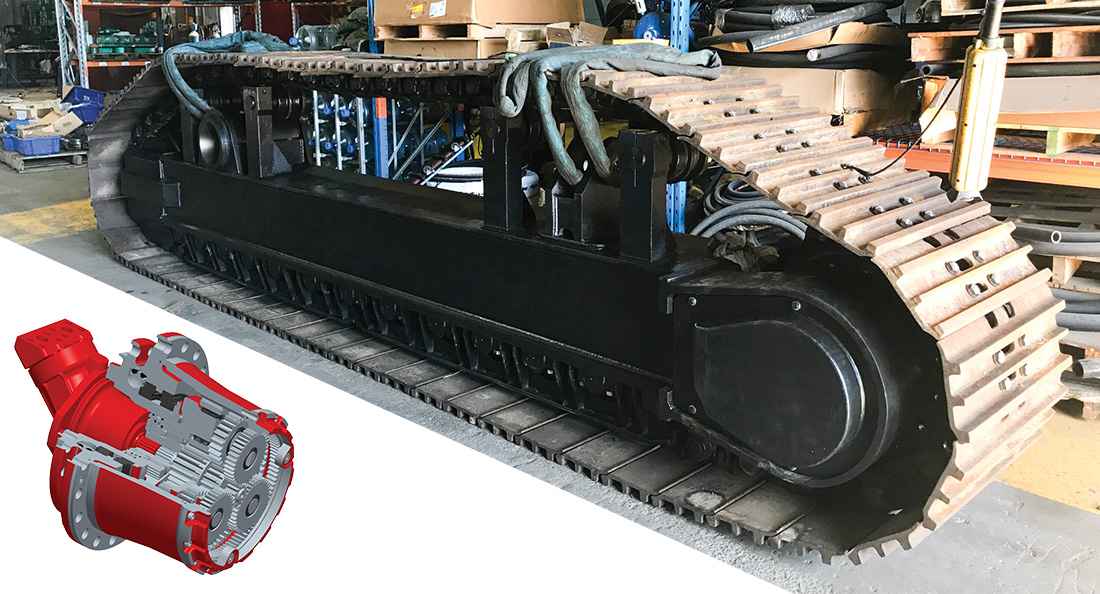Increasing profit is not just a matter of producing more or selling more. On the other side of the ledger – the expense side – are opportunities for cutting expenses and improving the bottom line. Targeted energy audits will find some of those opportunities.
As the name suggests an energy audit is an analysis of the cost and efficiency of the energy used within a business and takes a three-way approach – energy consumption, energy waste and energy improvements – looking for ways the business can improve operational efficiency and cut costs and increase profit.
For more than 20 years CRAM has been synonymous with all aspects of hydraulic power. The energy audits undertaken by CMA, the engineering division of CRAM, have extended the company’s reputation for hydraulic excellence and, along the way, delivered thousands of dollars in direct and maintenance cost savings for a range of business customers. Of course, making claims like ‘savings thousands of dollars’ raises questions like ‘how’ and what’s the return on investment (ROI) of the cost of the audit. To answer the second question first, the ROI is frequently less than six months as the audit may uncover possible changes in software or operating procedures that don’t cost a lot to implement and can start delivering savings almost immediately. From here, the potential savings keep growing.
As to the first question. The goals of energy audits in hydraulic systems include being able to run the system with either less pumps or smaller pumps or changing the configuration of the system. For example, for processes that include short periods of intense demand, the original design of the hydraulic system probably included a large hydraulic power unit capable of meeting the high demand but for much of the time its high capacity is not needed. Adding accumulators into the hydraulic system lets the power unit operate continually at average load maintaining the accumulator fully charged and ready to meet the peak demand times.
A second example could involve changing the control circuit of single rod hydraulic cylinders to consume less oil when extending. In terms of operational savings, the service life of the pump is extended because it’s operating cycle is relatively constant rather than a number of high intensity peak demands, the potential for unplanned shutdowns is significantly reduced due to pump failure and maintenance costs are stabilised as the system is realigned.
Large hydraulic systems offer a number of opportunities for energy and cost savings. Such large hydraulic systems are generally multi-pump installations where the pumps have been set to run all the time. An energy audit would consider the total amount of hydraulic power being made available against the amount required by the system to perform the tasks for which it was designed and identify where cost and energy savings can be achieved, such as only running as many pumps as are actually required, software tweaks or identifying hydraulic components that are wasting energy and require maintenance. In this case the savings start to add up.
For example, in a scenario similar to above, CMA carried out an audit on a hydraulic system which included three x 120kW pumpsets, of which only two were being powered up at any one time. The findings were that, for all operations, excluding a maintenance mode that was only used very occasionally, the power unit was only being utilised a maximum of 32%, indicating that it could be run on a single pump. Turning off a single pump saved 27.5MWh of power a month. Based on an electricity price of 10c/kWh, this means savings of $2754 per month. These savings could be realised without any additional expenditure; just a small PLC change carried out by onsite staff. Further to this, our analysis allowed us to estimate that the baseline leakage for the system to be around double what it should be for the number of functions involved. If valve maintenance was carried out, to cut down on the system leakage, an additional 32.4MWh could be saved per month – which equates to $3240 in additional savings. Additionally, there is the cost benefit from reducing wear and tear on an additional pump and motor. The examples above are practical, profitable outcomes of energy audits CMA has undertaken. But what does it take to achieve these results? The right data and the right people to analyse and interpret the data to make the right recommendations. The appropriate data is crucial to the outcome of the audit as it is the basis on which recommendations are based. Any data collected has to reflect the current operating environment and as most production processes are cyclical, data logging equipment has to be in-situ long enough capture examples of the cycle across all line configurations.
That’s the first part of the data story. The second chapter is analysis and interpretation of the data and recommendations. And that’s the strength CMA has around energy audits. Finding out how a system is operating, finding out where efficiencies can be achieved and using the collected data to recommend – and implement where necessary – positive changes to production processes; changes that will not impact on productivity but reduce operating expenses.




